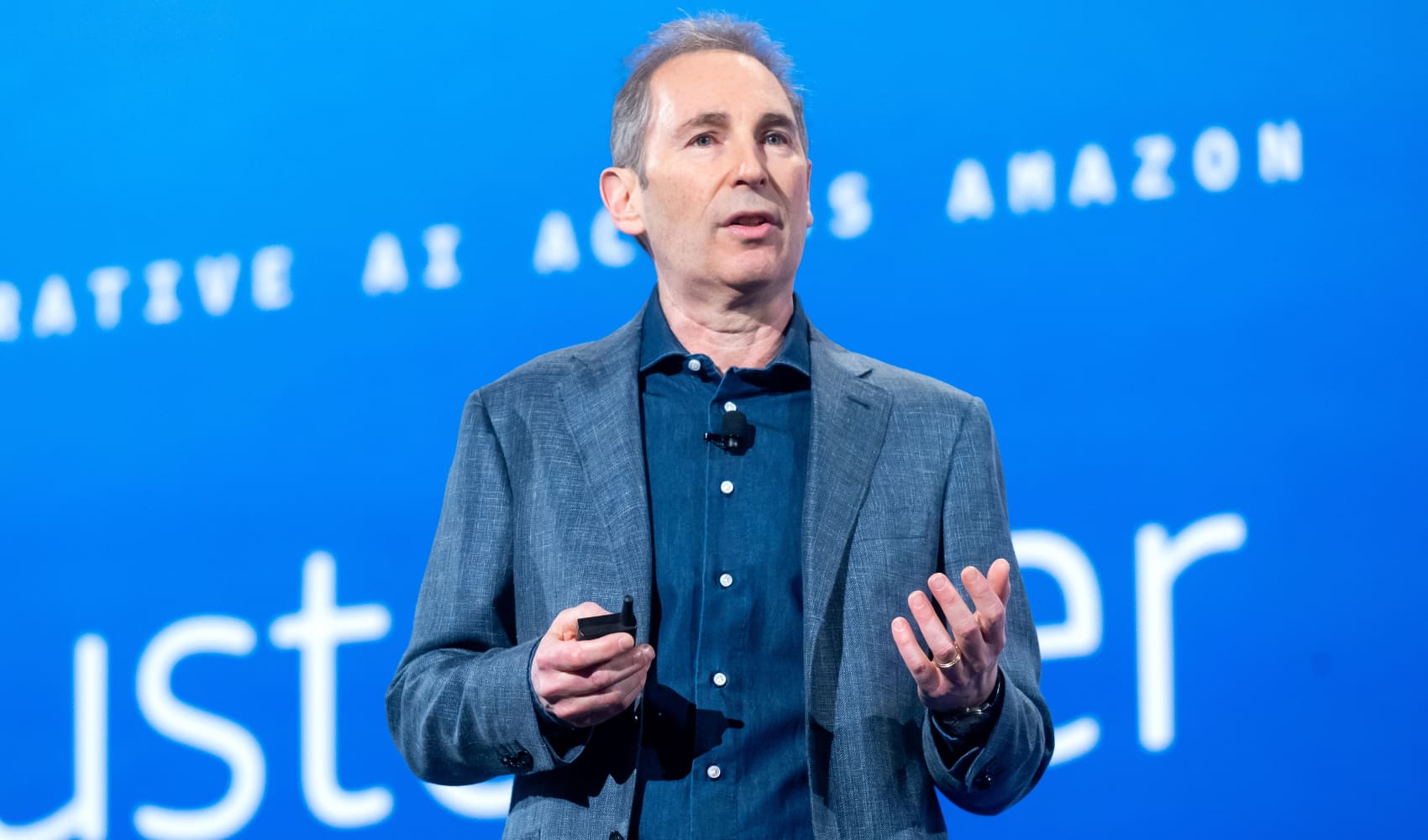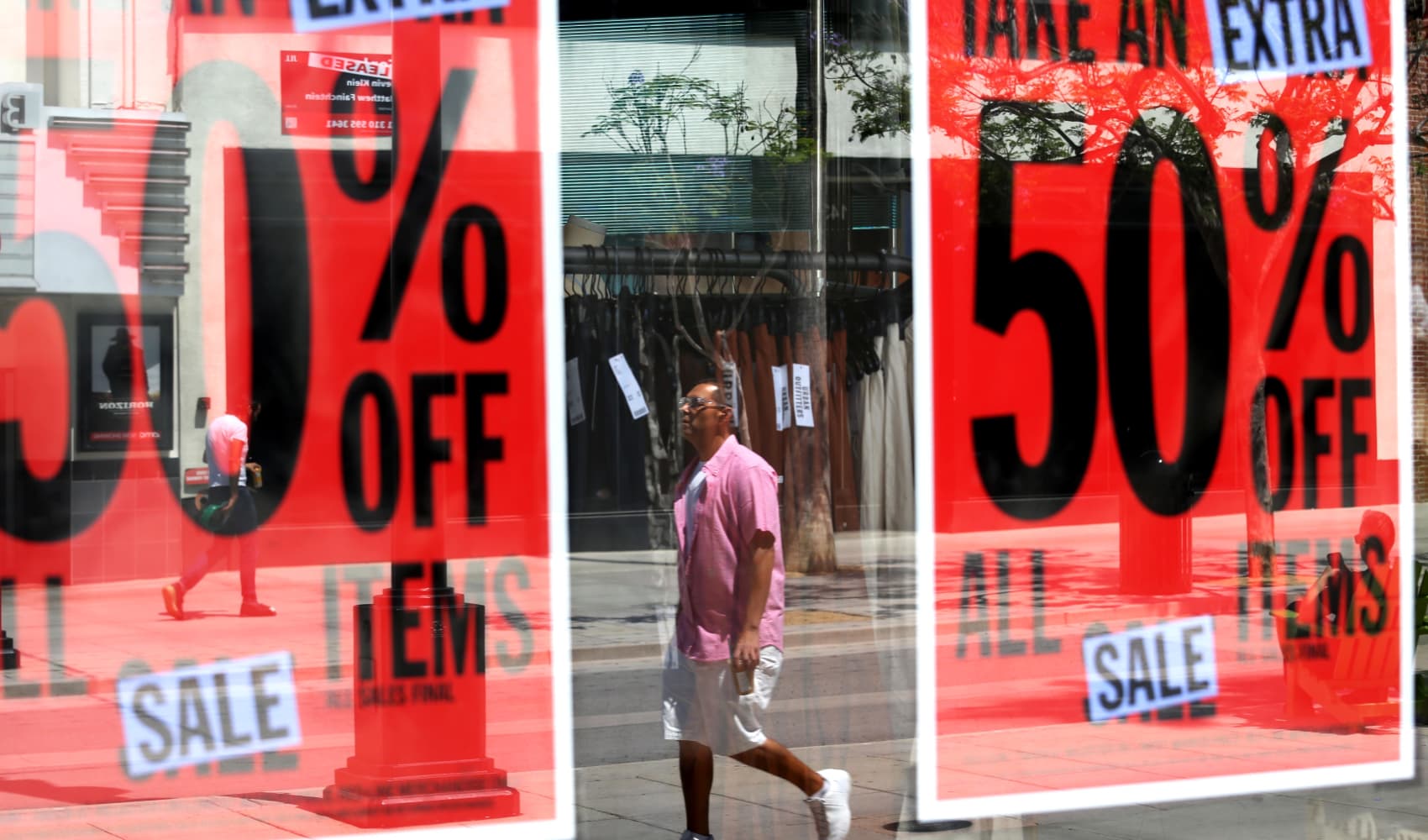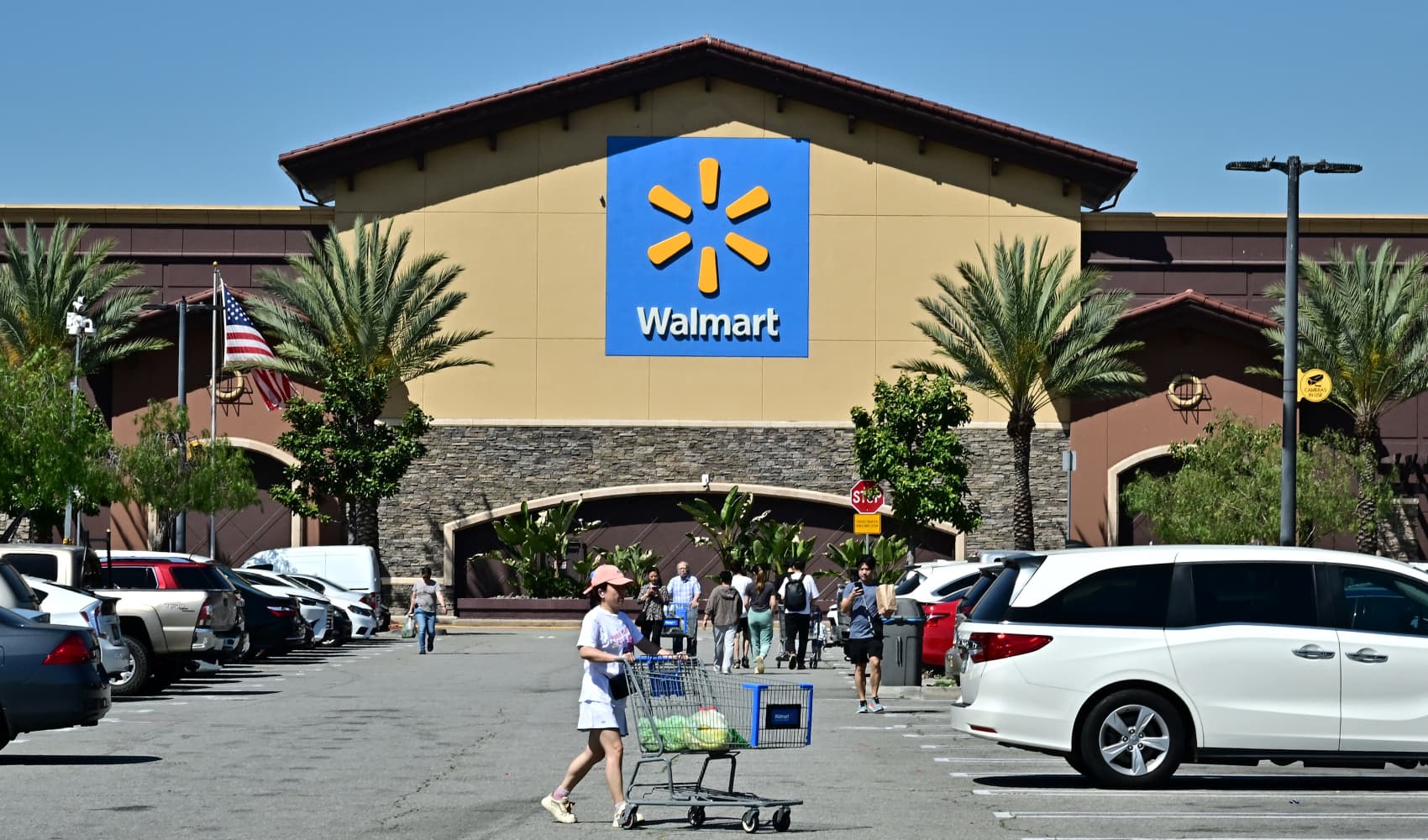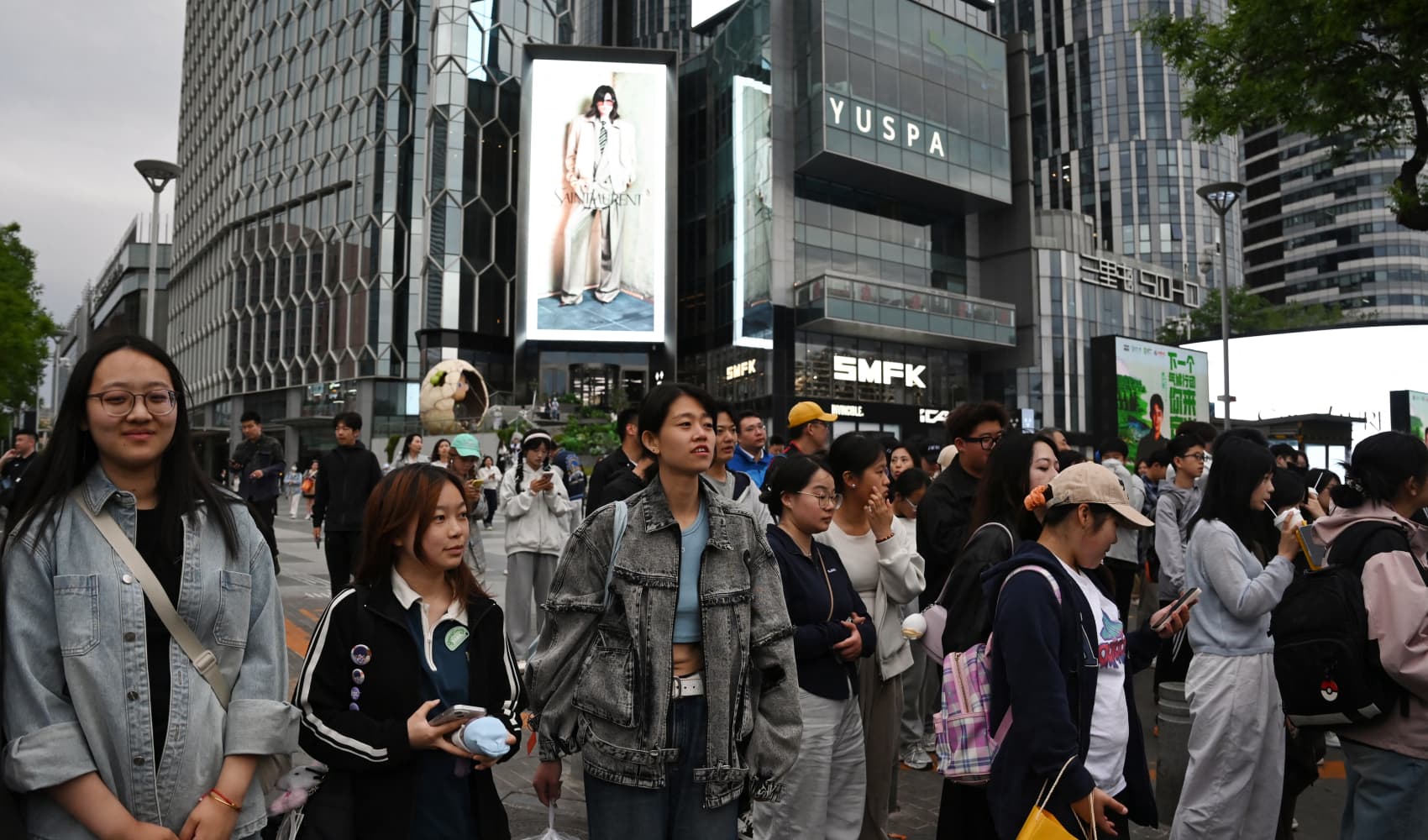Temu Price Shock: 145% Import Charge After Trump Tariffs!
Temu Prices Skyrocket: 145% "Import Charge" Shock After Trump Tariffs
Introduction: Is Your Temu Bargain About to Bust?
Remember when Temu burst onto the scene, promising dirt-cheap deals on everything from phone cases to summer dresses? It felt like you'd stumbled into a secret warehouse of unbelievably low prices. But hold on to your digital shopping cart – the party might be over. Temu has recently implemented a hefty "import charge" on many of its items, sometimes more than doubling the price you initially see. What's going on, and is that $10 gadget still such a steal?
The Trump Tariff Tango: A Costly Trade War
The blame, it seems, lies at the feet of former President Donald Trump's tariffs on Chinese goods. These tariffs, designed to protect American industries, have had a cascading effect, pushing up the cost of imports from China. Temu, a Chinese-owned e-tailer, is now passing these costs onto consumers in the form of these new "import charges." Think of it like this: the tariff is the tax, and Temu is the middleman who's now forced to collect it from you.
Decoding the Import Charge: What It Really Means
So, what exactly *is* this "import charge"? It's essentially a surcharge that Temu is adding to your order to cover the costs associated with these tariffs. These charges can range from 130% to a staggering 150% of the original product price. Suddenly, that bargain basement item doesn't look so cheap, does it?
The Summer Dress Debacle: A Real-World Example
Let's break down a concrete example. Imagine you're eyeing a cute summer dress on Temu, priced at a tempting $18.47. Sounds like a great deal, right? But wait! After adding it to your cart, you're hit with a $26.21 "import charge." Suddenly, your $18.47 dress now costs $44.68! That's a 142% increase! Are you still reaching for your credit card?
Hidden Fees: A Consumer's Worst Nightmare
We all hate hidden fees, don't we? It's like going to a restaurant and finding out there's a "breathing air" surcharge on your bill. The transparency of this "import charge" is questionable. Are consumers fully aware of these potential fees before they start browsing and filling their carts? It raises concerns about deceptive pricing practices, even if technically legal.
Temu's Warning: The Writing Was on the Wall
To be fair, Temu did issue a warning earlier this month. The company stated that it would be raising prices due to "recent changes in global trade rules and tariffs." But how many shoppers actually saw this announcement, understood its implications, or even remember it when faced with the lure of rock-bottom prices? It's like a tiny disclaimer buried in a mountain of marketing.
The Impact on Consumers: Wallet Woes and Shopping Habits
The Shrinking Value Proposition
The most obvious impact is on consumers' wallets. With prices potentially doubling, Temu's main selling point – its unbeatable affordability – is severely compromised. Are consumers willing to pay significantly more for these items, or will they start looking elsewhere?
Shifting Shopping Habits
These price hikes could significantly alter shopping habits. Consumers might become more selective, only purchasing truly essential items or searching for alternatives from other online retailers or even brick-and-mortar stores. The allure of impulse buys could diminish drastically.
The Competitive Landscape: Can Temu Survive?
Pressure on Temu
Temu now faces increasing pressure to remain competitive. If their prices are no longer drastically lower than other retailers, they need to find a new angle to attract and retain customers. Improved quality, faster shipping, or superior customer service could become crucial differentiators.
Opportunities for Competitors
This situation presents a significant opportunity for Temu's competitors, such as AliExpress, Shein, and even Amazon. If they can maintain lower prices or offer a more transparent pricing structure, they could steal market share from Temu.
The Long-Term Outlook: A Trade War's Lingering Effects
The long-term effects of the trade war and these tariffs are uncertain. Will the tariffs remain in place indefinitely? Will other countries impose similar tariffs? Will Temu find a way to absorb these costs or circumvent them altogether? The answers to these questions will significantly shape the future of online retail.
Avoiding the Sticker Shock: Tips for Savvy Temu Shoppers
- Always check the final price before confirming your order. Don't just look at the initial price; make sure you're aware of all applicable fees.
- Compare prices with other retailers. See if you can find the same or similar items for a better price elsewhere.
- Consider buying in bulk. If the "import charge" is a flat fee per order, buying multiple items at once could help offset the cost.
- Read the fine print. Be sure to understand Temu's shipping and return policies before making a purchase.
- Be patient. Prices and policies can change, so keep an eye out for updates and potential deals.
The Ethical Considerations: Supporting Sustainable Practices
While cheap prices are tempting, it's worth considering the ethical implications. Are these prices sustainable for workers and the environment? Supporting businesses that prioritize fair labor practices and sustainable production methods is becoming increasingly important.
Alternative Shopping Strategies: Beyond the Bargain Bin
Perhaps this is a good time to explore alternative shopping strategies. Consider supporting local businesses, shopping secondhand, or investing in higher-quality items that will last longer. Sometimes, paying a little more upfront can save you money and reduce waste in the long run.
Future of E-commerce: Transparency is Key
This situation highlights the importance of transparency in e-commerce. Consumers deserve to know exactly what they're paying for, including all fees and taxes. Retailers that prioritize transparency and ethical practices will likely build stronger relationships with their customers and thrive in the long run.
Conclusion: Temu's Tariff Troubles – A Wake-Up Call
Temu's decision to add significant "import charges" due to Trump-era tariffs has drastically altered its value proposition. While the allure of rock-bottom prices might still exist on some items, consumers need to be extra vigilant and carefully scrutinize the final price before making a purchase. This situation serves as a wake-up call, reminding us to be mindful shoppers, compare prices, and consider the ethical implications of our buying decisions. The days of blindly grabbing every "deal" might be numbered, and that might not be such a bad thing.
Frequently Asked Questions (FAQs)
-
Why is Temu adding "import charges" now?
Temu is adding "import charges" to offset the costs associated with tariffs imposed on Chinese goods, primarily stemming from policies enacted during Donald Trump's presidency. These tariffs increase the cost of importing goods into countries like the United States.
-
How much are these "import charges" typically?
The "import charges" can vary, but reports indicate they often range from 130% to 150% of the original product price. This means the final cost of an item can more than double after the charge is applied.
-
Are these charges clearly disclosed on Temu's website?
While Temu did issue a general warning about price increases due to tariffs, the visibility of these specific "import charges" at the point of purchase has been questioned. Consumers should carefully review their order totals before completing their purchase.
-
Can I avoid paying these "import charges"?
Unfortunately, you cannot directly avoid the "import charges" on Temu if they are applied to a specific item. However, you can compare prices with other retailers to see if you can find the same product for a lower overall price, including shipping and any potential import fees.
-
Will these "import charges" affect all items on Temu?
It's unlikely that all items on Temu will be affected equally. The specific items impacted and the amount of the "import charge" will likely depend on the product category, its origin, and the applicable tariff rates. It is always recommended to carefully check the total cost before completing any purchase.








